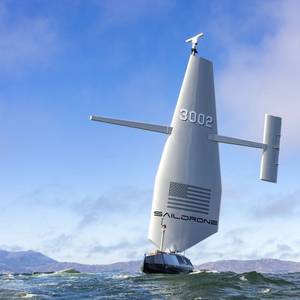
American Bureau of Shipping (ABS) has issued classification to the Surveyor, a fully autonomous deepwater unmanned surface vehicle (USV), developed by Saildrone.At 20 meters long and capable of unmanned operations across all of the world’s oceans, the Surveyor is the largest class of USVs from Saildrone, a provider of maritime security, ocean mapping

The military and Coast Guard budgets are established that will benefit the U.S. ship building and repair sector, but what will stimulate the commercial yards?This author has been scratching his head of late, after a thrilling dive into July’s U.S. Big Beautiful Bill Act, and has asked several colleagues where the funding for support commercial shipbuilding can be found? To answer that
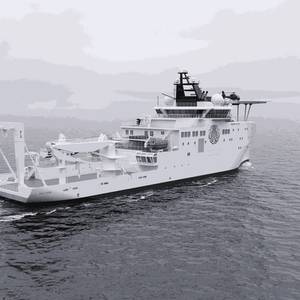
Vard, the Norwegian subsidiary of the Group and one of the world's leading builders of specialized vessels, has signed a new contract with the US research organization Inkfish for the design and construction of an advanced research vessel. The deal is valued at over USD$233 million (€200 million).
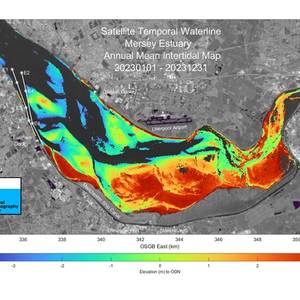
Scientists at the UK’s National Oceanography Centre (NOC) in Liverpool have used satellite data to create insight into the Mersey River that will help port operators be smarter about managing complex navigation channels. Through a project focused on Liverpool’s famous river and funded by the UK Space Agency
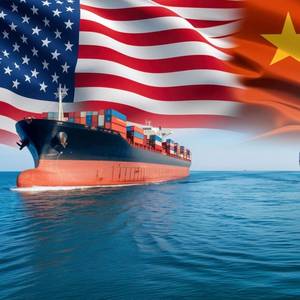
U.S. President Donald Trump has signed an executive order aimed at ‘restoring American maritime dominance’ through the revival of domestic shipbuilding industry and weakening China’s grasp on the global shipping market.The Order directs the creation of a Maritime Action Plan (MAP) to revitalize U.S.
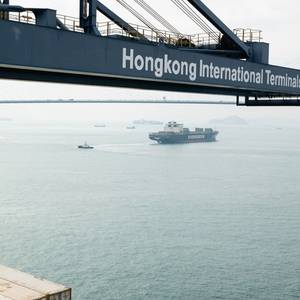
Some shipping companies are discreetly moving operations out of Hong Kong and taking vessels off its flag registry. Others are making contingency plans to do so.Behind these low-profile moves, six shipping executives said, lie concerns that their ships could be commandeered by Chinese authorities or hit with U.S. sanctions in a conflict between Beijing and Washington.
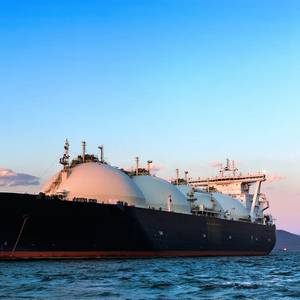
When President Donald Trump sat down to lunch with his Japanese counterpart this month, talk turned quickly to how Tokyo could help realize a decades-old proposal to unlock gas in Alaska and ship it to U.S. allies in Asia.Trump and his energy tsar Doug Burgum framed the venture as a way for Japan to replace Middle East energy shipments and address its trade imbalance with the U.S.
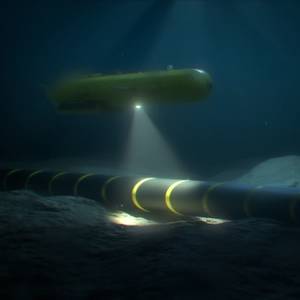
As global reliance on subsea infrastructure grows, so do the risks. Discover how safeguarding undersea assets opens new frontiers for innovation and investment.Importance of Subsea InfrastructureSubsea infrastructure plays a critical role in maintaining the operational continuity of the modern society and the global economy.
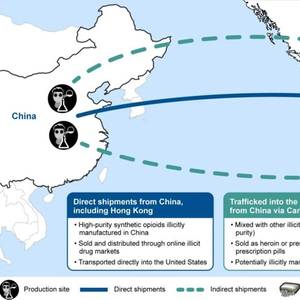
The United States' maritime coastal security poses a significant challenge due to the vastness of its coastline and the complexity of its maritime borders. According to the National Oceanic and Atmospheric Administration National Geodetic Survey there are approximately 95,000 miles of coastline.
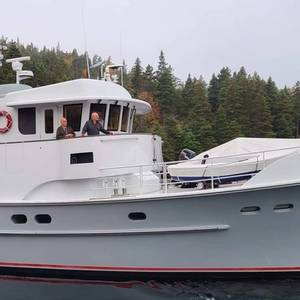
Unlocking new levels of multibeam performance with Norwegian Subsea MRUMotion Reference Units (MRUs) are crucial in bathymetric survey technology, providing precise motion compensation data to ensure reliable and accurate seafloor mapping. For users like Captain Sid Hynes, a seasoned mariner exploring Newfoundland’s shipwreck-rich waters, the Norwegian Subsea MRU has redefined what is possible
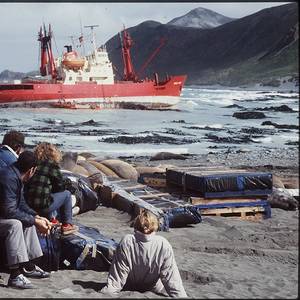
The Scythian philosopher Anacharsis (6th century B.C.) said: “There are three sorts of people: those who are alive, those who are dead and those who are at sea.”Many of those onboard the Nella Dan when she grounded in December 1987 never went to sea again. Such was their passion for the ship.

iNav4U, creators of Zora The Operational System for Yachts, has announced a new collaboration with Aqua Map, a leader in digital marinenavigation. iNav4U is delivering the first fully integrated, end-to-end platform that unifies yacht management, operations, and navigation in one system.